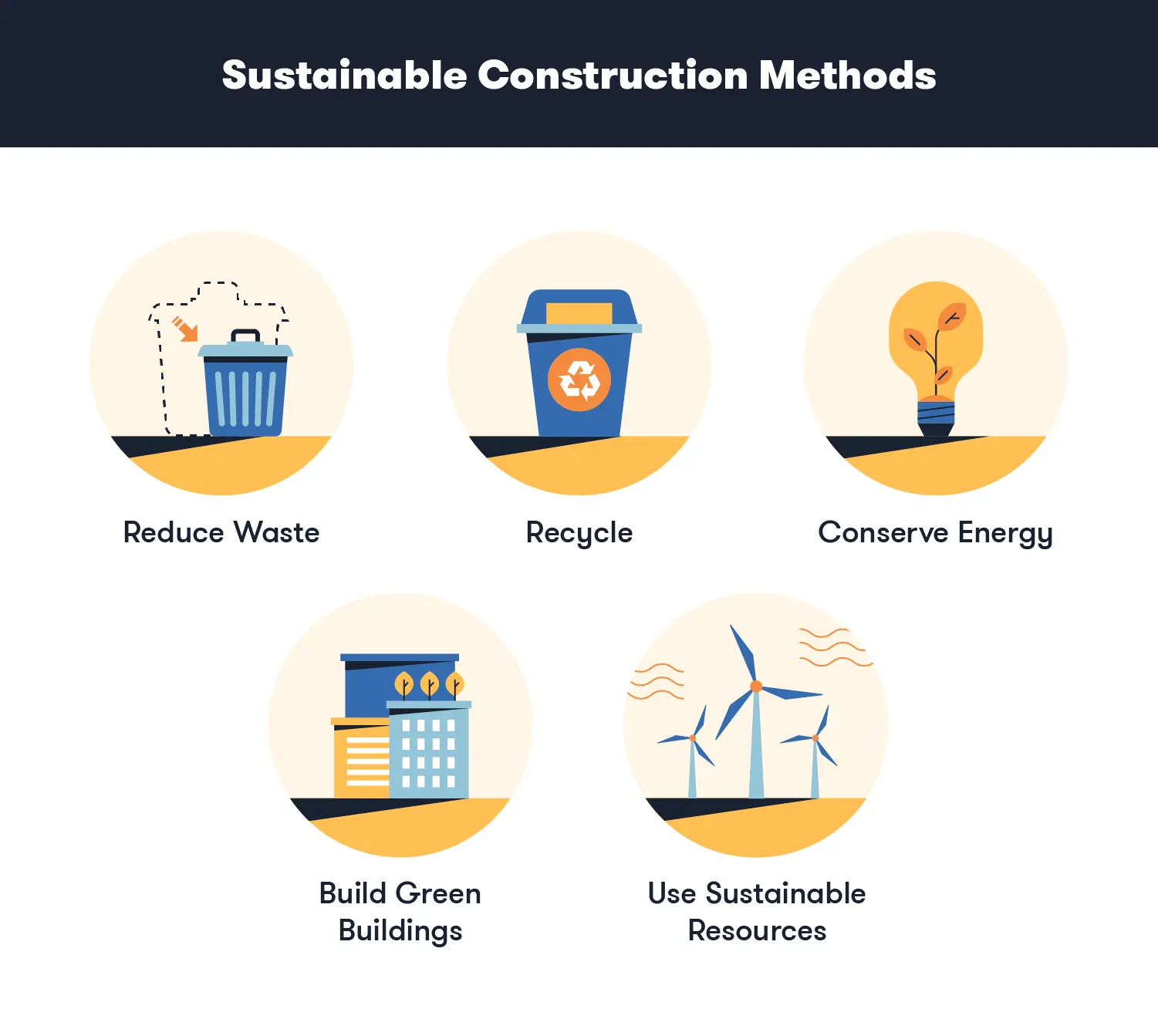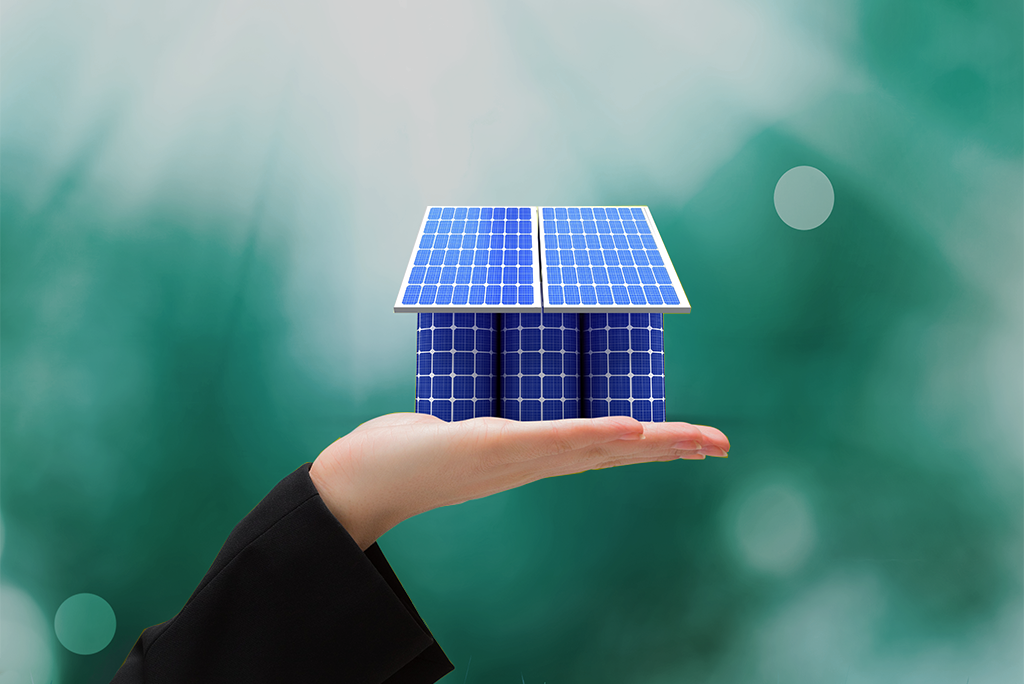
Green Building Materials: Sustainable Construction Solutions
In the realm of sustainable construction, the use of green building materials has emerged as a key strategy for reducing environmental impact and promoting energy efficiency. From recycled materials and sustainable wood products to energy-efficient insulation and low-emission paints, incorporating green building materials into construction projects offers a pathway to creating healthier, more resilient buildings and communities.
Harnessing Recycled Materials
One of the hallmarks of green building construction is the use of recycled materials, which helps to reduce waste and minimize the consumption of natural resources. Recycled concrete, for example, can be crushed and reused as aggregate for new construction projects, reducing the need for virgin materials and diverting waste from landfills. Similarly, recycled steel and aluminum can be melted down and repurposed for use in structural elements, further reducing environmental impact and energy consumption.
Sustainable Wood Products
Wood is a versatile and renewable building material, but unsustainable logging practices can have detrimental effects on forests and ecosystems. To address this challenge, many builders and architects are turning to sustainable wood products, such as certified lumber from responsibly managed forests. Additionally, innovative technologies, such as cross-laminated timber (CLT) and engineered wood products, offer alternative solutions that are both environmentally friendly and structurally sound.
Energy-Efficient Insulation
Proper insulation is essential for reducing energy consumption and maintaining thermal comfort in buildings. Green building materials such as cellulose insulation, made from recycled paper fibers, and spray foam insulation, which has a high R-value per inch, help to minimize heat loss and improve energy efficiency. Additionally, insulated concrete forms (ICFs) and structural insulated panels (SIPs) provide highly efficient building envelopes that reduce heating and cooling costs while enhancing indoor comfort.
Low-Emission Paints and Finishes
Indoor air quality is a critical consideration in green building construction, as poor air quality can have adverse effects on occupant health and well-being. Low-emission paints and finishes, which emit fewer volatile organic compounds (VOCs) and hazardous chemicals, help to improve indoor air quality and create healthier living environments. These eco-friendly alternatives are available in a wide range of colors and finishes, allowing designers and homeowners to achieve their desired aesthetic without compromising on sustainability.
Water-Efficient Fixtures
Water conservation is another important aspect of green building construction, particularly in regions prone to drought and water scarcity. Water-efficient fixtures, such as low-flow toilets, showerheads, and faucets, help to reduce water consumption without sacrificing performance. Additionally, graywater recycling systems and rainwater harvesting tanks allow buildings to capture and reuse water for irrigation, flushing toilets, and other non-potable uses, further reducing water demand and promoting sustainability.
Durable and Long-Lasting Materials
In addition to being environmentally friendly and energy efficient, green building materials are also durable and long-lasting, reducing the need for frequent maintenance and replacement. Materials such as recycled metal roofing, fiber cement siding, and composite decking are resistant to rot, decay, and pest infestation, ensuring the longevity of building components and reducing lifecycle costs. By investing in durable materials upfront, builders can create structures that stand










